1. The Monarch (Danaus plexippus)
The magnificent Monarch may be the most well-known and best-loved of all our insects. There is something truly regal about its size, bright colors, and powerful, soaring flight, but its kingly name supposedly comes from the spotted margins of its wings, which resemble the sable-edged robes worn by royalty at the time of its discovery.
Nearly everyone has seen monarchs and is familiar with their mind-boggling migrations and million-butterfly roosting in the mountain forests of Mexico. But there are more reasons to be fascinated with this species. For one thing, it is thought that the poisonous sap in milkweed, the monarch's only food source, makes it distasteful to predators like birds.
This may be one reason why so many butterflies are orange—they are evolving to resemble the monarch so birds will think twice before eating them, even if they are perfectly edible. This is the idea behind mimicry, and if the theory is accurate, then the monarch is not only big and beautiful, but highly influential as well.
To see a striking example of mimicry in action, have a look at our next species, the Viceroy.
The Basics:
What is the scientific name? Danaus plexippus
What does it eat? Milkweeds
Will it seriously damage plants or trees? No
Is it rare? No, but this species is under threat from industrialized agriculture.
Where does it occur? There are related species throughout the world.
Can you raise it from caterpillar to adult? Yes, if you give it plenty of milkweed leaves.
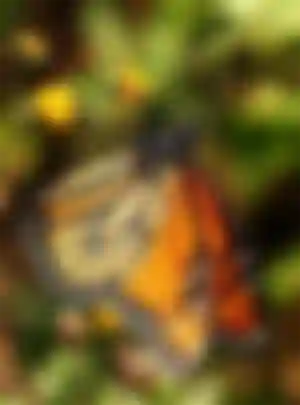
2. The Viceroy (Limenitis archippus)
It's hard to believe that this insect is completely unrelated to the monarch. The viceroy gets its name from its resemblance to the popular monarch butterfly (they're both royalty—get it?). They are so similar that this butterfly's identification relies largely on a quite minor difference in the hindwing markings.
The viceroy is one of the most well-known cases of mimicry among North American butterflies (the viceroy's relatives are nearly all black or dark blue). The thinking among experts is that the monarch, which eats milkweed, is made poisonous by the caustic sap in the milkweed plant. This means that birds and other predators who have tried a nasty-tasting orange butterfly in the past will think twice when confronted with another one.
Many butterflies in the monarch's range are orange like the monarch, possibly to gain protection from the resemblance, but the viceroy really takes it to an extreme.
The Basics:
What is the scientific name? Limenitis archippus
What does it eat? Willows and other trees
Will it seriously damage plants or trees? No
Is it rare? No, this species has a wide range.
Where does it occur? This species occurs throughout the eastern US.
Can you raise it from caterpillar to adult? Yes, if you give it plenty of the food plant you found it on.
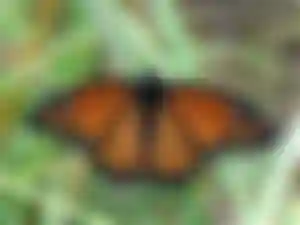
3. Red-Spotted Purple (Limenitis arthemis astyanax)
The red-spotted purple is closely related to—get this—the viceroy (the monarch-mimicking red-and-black butterfly pictured above). Even better, this pretty black-and-blue butterfly is believed to mimic the poisonous pipeline swallowtail (check this species out further down). That makes the Limenitis genus a pretty amazing bunch of copy-cats, adapting over millions of years to resemble animals that are poisonous and protected from predators.
The red-spotted purple is especially beautiful on the underside, so if you ever get to see one up close, you'll want to keep your camera handy.
The Basics:
What is the scientific name? Limenitis arthemis astyanax
What does it eat? Willows and other trees
Will it seriously damage plants or trees? No
Is it rare? No, this species has a wide range.
Where does it occur? This species occurs throughout the eastern US.
Can you raise it from caterpillar to adult? Yes, if you give it plenty of the food plant you found it on.

4. Great Spangled Fritillary (Speyeria cybele)
This bright orange butterfly wings fast across fields and around forest edges in mid- to late summer. Some researchers think its orange color is meant to mimic the poisonous monarch butterfly's colors; if so, that makes it yet another in the orange-butterfly mimic category that may also include over a dozen unrelated species.
The great spangled has lovely silver spots on the underside, which gives the insect its common name. There are many similar, related species that occur across our area, many of which are quite rare and limited to specific areas in the mountainous western states.
The Basics:
What is the scientific name? Speyeria cybele
What does it eat? Violets and other low plants
Will it seriously damage plants or trees? No
Is it rare? No, this species has a wide range.
Where does it occur? This species occurs throughout the eastern US, primarily in the north; there are many closely related species throughout North America.
Can you raise it from caterpillar to adult? Yes, if you give it plenty of the food plant you
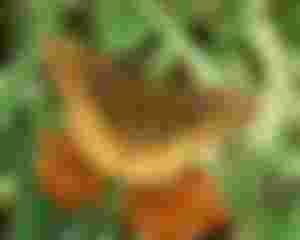
5. Tiger Swallowtail (Papilio glaucus)
These big, beautiful butterflies can be identified by their bold yellow-and-black stripes, hence their common name. These tigers have an unusual life history. The adults are on the wing in mid-summer, wheeling high among the branches of ash and cherry trees, where the big females lay their eggs.
The caterpillar, which is green with little "false eye" spots near its head, feeds until it is about half grown, and then builds a little shelter by pulling together the edges of a leaf. It overwinters in this shelter, and in the spring emerges to continue feeding. It will pupate in early summer, and then the adults hatch to complete the process.
Another interesting fact about the tiger swallowtail is that some females, especially in the southern parts of its range, are almost all a smokey, dark brown in color. They hardly even look like tigers . . . panthers, maybe! Experts have suggested that the reason for this "dimorphic" phase is in order to mimic the bad-tasting pipevine swallowtail, which is generally more common in the south than in the north.
The Basics:
What is the scientific name? Papilio glaucus
What does it eat? Willow, wild cherry, and other trees
Will it seriously damage plants or trees? No
Is it rare? No, this species has a wide range.
Where does it occur? This species occurs throughout the eastern US; there are similar species throughout North America.
Can you raise it from caterpillar to adult? Yes, if you give it plenty of the food plant you found it on.

6. Pipevine Swallowtail (Battus philenor)
This beautiful insect is the northernmost species of a large tropical genus (Battus) that includes some of the most striking swallowtail butterflies in the tropics, which is saying something. The pipeline swallowtail is generally limited to the southern states, but it has been spotted as far south as Mexico and as far north as Manitoba, especially later in the summer as multiple broods spread north.
This insect is believed to be the model for a number of other species that mimic its blue-on-black coloring. The larvae and the adult may be poisonous or distasteful to predators like birds and lizards, making it a good idea to look the same whether or not you yourself are poisonous.
The Basics:
What is the scientific name? Battus philenor
What does it eat? Vines in the Aristolochia group
Will it seriously damage plants or trees? Not usually
Is it rare? No, this species is common throughout its range.
Where does it occur? This species is most common in the southeastern US.
Can you raise it from caterpillar to adult? Yes, if you give it plenty of the food plant you found it on.

7. Giant Swallowtail (Papilio cresphontes)
Like the pipevine swallowtail (above), this is a generally southern species that sometimes ranges as far north as Canada. The caterpillar closely resembles a large bird dropping, which would serve to deter birds and other predators. In the American South, these big caterpillars are often called "orange dogs" for their choice of food plant: citrus trees, especially orange and lemon. In some cases they can cause damage to young trees.
The sight of a big, beautiful giant swallowtail swooping around your garden plants is one you are not likely to soon forget!
The Basics:
What is the scientific name? Papilio cresphontes
What does it eat? The leaves of citrus trees
Will it seriously damage plants or trees? Sometimes
Is it rare? No, this species is generally common throughout its range.
Where does it occur? This species is most common in the southeastern US.
Can you raise it from caterpillar to adult? Yes, if you give it plenty of the food plant you found it on.
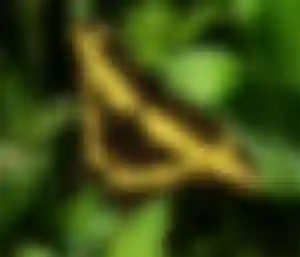
8. Zebra Swallowtail (Protographium marcellus)
This beautiful insect aptly named, with black stripes on a clear white background. Like the giant swallowtail (above), it is a northern representative of a group of butterflies that have many varieties throughout the Neotropics. You will seldom find this species outside of the southern states, but it will sometimes wander north, for example along the Mississippi River Valley.
Like all other swallowtails, the flight is strong and gliding, but they will often stop to nectar. At these times you may see several visiting the same nectar source. Males also participate in a behavior known as "puddling," which is when a group of butterflies congregates at wet sand or mud to draw nutrients.
The Basics:
What is the scientific name? Protographium marcellus
What does it eat? The larvae eat the leaves of pawpaw trees
Will it seriously damage plants or trees? No
Is it rare? No, this species is generally common throughout its range.
Where does it occur? This species is most common in the southeastern US.
Can you raise it from caterpillar to adult? Yes, if you give it plenty of the food plant you found it on.
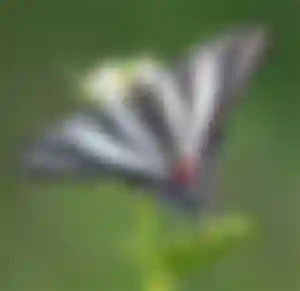
9. Black Swallowtail (Papilio polyxenes)
This common butterfly occurs in one form or another over pretty much the entire North American continent. I chose to picture the male, which has more yellow on its hind wings; the female black swallowtail is larger and has much more blue on its hindwings, making it yet another North American butterfly that resembles the poisonous pipeline swallowtail.
Black swallowtails have a very striking caterpillar, often called the "carrot-worm" because it eats, you guessed it, carrots. Maybe the photo above looks familiar to you.
The Basics:
What is the scientific name? Papilio polyxenes
What does it eat? Carrots, dill, parsley, and related plants; also meadow rue
Will it seriously damage plants or trees? It can sometimes strip the leaves from garden plants.
Is it rare? No, this species has a wide range.
Where does it occur? This species occurs throughout the eastern US; there are many closely related species throughout North America.
Can you raise it from caterpillar to adult? Yes, these caterpillars are easy to raise.
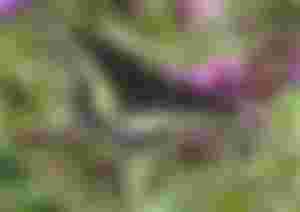
10. Cabbage White (Pieris rapae)
Not a true beauty, perhaps, but this plain white insect is by far the most successful butterfly in North America. It was introduced from Europe many years ago and has found a home everywhere from your backyard garden to the wilds of the western mountains.
The very inconspicuous pale-green caterpillar of the cabbage white butterfly lives on the underside of many different leaves, especially cruciferous plants and other cultivars, and eats holes in the middle of the leaf; the damage is very familiar to even the most casual gardener. You can see the damage, but good luck finding one of the larvae—they are close to invisible.
The butterfly is not protected by poisonous compounds and doesn't really resemble known mimicry models like the orange monarch or the black-and-blue pipeline swallowtail, but it has become the single most common butterfly in city and countryside.
The Basics:
What is the scientific name? Pieris rapae
What does it eat? Just about anything
Will it seriously damage plants or trees? Yes, especially cabbage and kale
Is it rare? No, this species has a wide range.
Where does it occur? This species occurs throughout North America.
Can you raise it from caterpillar to adult? Yes, if you really want to.

11. Orange Sulphur (Colias eurytheme)
The orange sulfur and the clouded sulfur (both members of the "clouded yellows and sulphurs" subfamily Coliadinae) can be hard to tell apart, and often fly together, so I put them together here. They are among the first butterflies to appear each spring, and they seem to have adapted very well to the disturbances humans cause in the landscape. Look out over the close-cut monoculture of a golf course or city park grounds and you'll probably see a few of these very common butterflies dancing across the grass.
There are several other yellow species in the Coliadinae subfamily, and these butterflies all look much alike to the casual observer. For this guide, I am sticking to the most common. The next species is one worth singling out.
The Basics:
What is the scientific name? Colias eurytheme
What does it eat? Alfalfa and many other low plants
Will it seriously damage plants or trees? Yes, on occasion.
Is it rare? No, this species has a wide range.
Where does it occur? This species occurs throughout the eastern US.
Can you raise it from caterpillar to adult? Yes
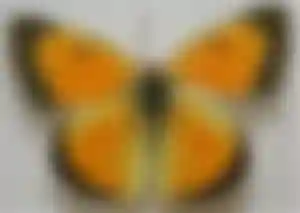
12. Clouded Sulphur (Colias philodice)
This butterfly can be difficult to tell apart from the previous one. The basic facts are all the same, and the larvae are basically indistinguishable, except to an expert. There are some differences in the colors and black wing margins, but even these characteristics are variable between individuals and between regions.
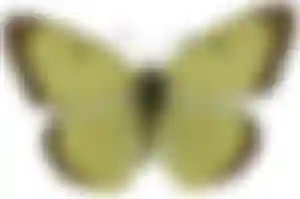
13. Southern Dogface (Colias cesonia)
Usually only found in the South, this butterfly may be expected farther north as climate change alters the distribution of some species. This is a large, showy, and fast-flying butterfly that likes open fields and bright sunshine. They are legendarily difficult to catch.
Note the "dog face" profile in black on each upper wing that gives this butterfly its cool common name. I remember a field in Texas swarming with these butterflies; their speed and agility is impressive.
The Basics:
What is the scientific name? Colias cesonia
What does it eat? Willows and other trees
Will it seriously damage plants or trees? No
Is it rare? No, this species has a wide range.
Where does it occur? This species occurs throughout the eastern US.
Can you raise it from caterpillar to adult? Yes, if you give it plenty of the food plant you found it on.

14. Zebra Longwing (Heliconius charithonia)
This beautiful butterfly is essentially tropical, with a range that extends into South America. In the US, it can be found in Florida and the southern states into Texas; there are occasional migrations that bring these butterflies even farther north.
Adults roost together at night in groups of over 50 individuals, dispersing in the morning to nectar at a variety of plants and—unusual for butterflies—consume pollen from flowers. The caterpillars are white with black spines and feed on passionflower vines, whose toxic sap gives them chemical protection from predators.
The Basics:
What is the scientific name? Heliconius charithonia
What does it eat? The caterpillar feeds on passionflowers; the adult butterfly also feeds on pollen.
Will it seriously damage plants or trees? No
Is it rare? No, although it's less common the further north you go.
Where does it occur? American tropics
Can you raise it from caterpillar to adult? Yes, if you give it plenty of leaves from the food plant.
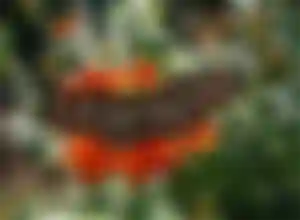
15. Northern Pearly-Eye (Enodia anthedon)
This subtly beautiful butterfly is best identified by the area in which it is found: the woods. It is relatively unusual to find large butterflies flying in woods or forests, and if the insect is pale brown, has round "eye spots" bordering the wings, and tends to land vertically on tree trunks, then there is a good chance it is a pearly eye or one of its close relatives.
These pretty butterflies do have a somewhat unattractive habit: They like to feed on roadkill. I once found a big male happily feeding on a very dead possum on a lonely West Virginia forest road. Not the most appealing setting for such a pretty insect, but that's Nature for you.
The Basics:
What is the scientific name? Enodia anthedon
What does it eat? Roadkill and various grasses
Will it seriously damage plants or trees? No
Is it rare? No, these species have a wide range, although they are not often encountered due to their habits.
Where does it occur? This species occurs throughout the eastern US.
Can you raise it from caterpillar to adult? Yes, if you give it plenty of the food plant you found it on (preferably not roadkill!).

16. Common Wood Nymph (Cercyonis pegala)
This is one of the most variable butterflies in the US. It occurs nearly everywhere in the US east of the Mississippi, but you could hold two specimens from different parts of its range in your hands and not think they were even related. Eastern populations tend to have bright yellow bands behind big, round eye-spots on the upper wings, while western forms may have no yellow at all, very small eyespots, and be nearly twice as big.
I chose an image of an individual that is more or less in the middle, but if you have a butterfly that looks even a little like this, it may well be a form of C. pegala.
The Basics:
What is the scientific name? Cercyonis pegala
What does it eat? Grasses
Will it seriously damage plants or trees? No
Is it rare? No, this species occurs from coast to coast.
Where does it occur? There are related species throughout the world.
Can you raise it from caterpillar to adult? Yes, if you give it plenty of leaves from the plant you found it on.

17. California Sister (Adelpha californica)
A truly gorgeous butterfly, the California sister is big, fast, and hard to miss. It stops often to feed on roadkill or drink from puddles, flashing those big, beautiful markings when it does.
This insect is one of the northernmost members of a huge group of tropical and sub-tropical butterflies, many of which show interesting variations on the markings of the California sister. Some feature beautiful iridescent purple wings.
The Basics:
What is the scientific name? Adelpha californica
What does it eat? Oaks, roadkill
Will it seriously damage plants or trees? No
Is it rare? No, but this species has a fairly limited range.
Where does it occur? In the American west; very similar species occur throughout the Western Hemisphere.
Can you raise it from caterpillar to adult? Yes, if you give it plenty of oak leaves.

18. Milbert's Tortoiseshell (Aglais milberti)
I almost didn't include the species, because it's not terribly common and is hard to identify on the wing—and with its constant patrolling behavior, it's almost always on the wing—but when a Milbert's tortoiseshell butterfly stops to drink from a puddle or a flower, it shows its wings, and for my money there's not a more beautiful butterfly in North America.
It's related to several European species that are also striking, including the amazing peacock butterfly. Milbert's tortoiseshells are on the wing all summer, but some hibernate, and may come out on a warm spring day, sometimes when there's still snow on the ground.
The Basics:
What is the scientific name? Aglais milberti
What does it eat? Like others in this group, the caterpillar feeds on nettles.
Will it seriously damage plants or trees? No
Is it rare? No, but this species has a fairly limited range.
Where does it occur? Mostly in northern areas of the US
Can you raise it from caterpillar to adult? Yes, if you give it plenty of leaves from the food plant.
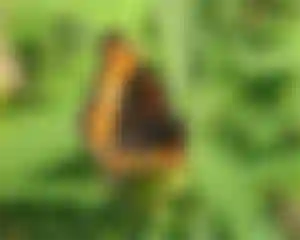
19. Red Admiral (Vanessa atalanta)
The red admiral is yet another butterfly that some entomologists think is a mimic of the monarch, though the monarch is bigger, brighter, and has different flight habits. Is it possible that we are witnessing a species in the process of changing to become a more accurate mimic?
When you come down to it, there's no such thing as a species, in the sense of a fixed representative of an animal's permanent form; everything is in flux, shifting towards more and more successful variations on their form. The red admiral, then, along with every other butterfly on this page, is simply the "current version." It would be so cool to hang around for another million years or so and see what these insects all look like then!
The Basics:
What is the scientific name? Vanessa atalanta
What does it eat? Like others in this group, the caterpillar feeds on nettles
Will it seriously damage plants or trees? No
Is it rare? No, but this species has a fairly limited range.
Where does it occur? This species can be found throughout the US, southern Canada, and Mexico.
Can you raise it from caterpillar to adult? Yes, if you give it plenty of leaves from the food plant.

20. The Buckeye (Junonia coenia)
Isn't this a gorgeous insect? It's a shame that it flies so fast, giving the average observer little chance to appreciate its beauty. The buckeye occurs throughout eastern North America, where its larvae feed on nettles. The butterfly likes to circle the same area and land in the same general spot, and you will most often see them on dusty gravel roads, where their brown ground color blends in surprisingly well. The big eyespots resemble a bird's or a lizard's, so when they snap their wings open, their predators may be scared off.
Buckeyes also have a curious relationship with the large Carolina grasshopper, which inhabits the same general space as the butterfly. When the grasshopper jumps, the buckeye will swoop down to "do battle" with the larger insect. Why they do this remains unknown.
The Basics:
What is the scientific name? Junonia coenia
What does it eat? The caterpillar feeds on plantains and snapdragons.
Will it seriously damage plants or trees? No
Is it rare? No
Where does it occur? This species is prevalent throughout the US, and related species can be found throughout the world.
Can you raise it from caterpillar to adult? Yes, if you give it plenty of leaves from the food plant.

21. Question Mark (Polygonia interrogationis)
This is one of the angle-wing butterflies and is common in late summer. It has a bright-orange upperside, but the underside of the wings is camouflaged to blend in perfectly with bark or dead leaves. There is one silver mark among the camo on the underwing, shaped like a question mark, which gives the butterfly its name.
The Basics:
What is the scientific name? Polygonia interrogationis
What does it eat? The caterpillar feeds on elms.
Will it seriously damage plants or trees? No
Is it rare? No
Where does it occur? Throughout the eastern US, with similar species in the West
Can you raise it from caterpillar to adult? Yes, if you give it plenty of leaves from the food plant.
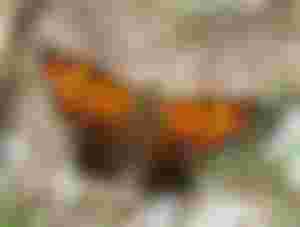
22. Comma Butterfly (Polygonia c-album)
This butterfly is very similar to the question mark – in fact, it's very nearly the same, except that instead of a question mark it has a silvery comma on its underside. It's the smaller of the two "punctuation" butterflies, and is also somewhat more common. When this butterfly lands on dead leaves or in the middle of a gravel road, its camouflage make it almost impossible to find. The glittery comma marking only adds to the confusion, since it looks like a drop of water on a leaf.
The Basics:
What is the scientific name? Polygonia c-album
What does it eat? The caterpillar feeds on elms, pussy-willow, gooseberry, and many other plants
Will it seriously damage plants or trees? No
Is it rare? No, it is a very common species
Where does it occur? Throughout the eastern US, with similar species in the West
Can you raise it from caterpillar to adult? Yes, if you give it plenty of leaves from the food plant.

23. Painted Lady (Vanessa cardui)
This insect is maybe the most "cosmopolitan" butterfly in North America, meaning it occurs pretty much everywhere in the world. The monarch is famous for its travels between the US and Mexico, but the painted lady can be found just about anywhere in the world. There is even a closely related species in the Hawaiian Islands.
The painted lady is related to the buckeye and the red admiral, and like those species, its caterpillar is spiny and will eat thistle and other common "weeds." I have found both the larva and the adult in deserts and mountain forests, and everywhere in between; sometimes their population "explodes," and a field will be nearly covered with thousands of these beautiful butterflies. This, by the way, is another butterfly that may mimic the monarch.
The Basics:
What is the scientific name? Vanessa cardui
What does it eat? The caterpillar feeds on nearly 300 different plants, mostly from the Aster family.
Will it seriously damage plants or trees? No
Is it rare? No, this is one of the most common butterflies in the world.
Where does it occur? This butterfly has a worldwide distribution.
Can you raise it from caterpillar to adult? Yes, if you give it plenty of leaves from the food plant.

24. Mourning cloak (Nymphalis antiopa)
This beautiful butterfly is related to the angle wings, and has irregular wing borders just like those insects. The mourning cloak, however, has a unique and gorgeous appearance. The ground color is deep purple-brown; the borders are yellow, but just inside that is a band of black with royal-blue spots. It's a subtle but sublime insect, and while it's common in North America, it's regarded as one of the rare prizes of collectors in the UK, where it has been known as The Camberwell Beauty.
The caterpillar feeds on elm and is very spiny; it features a row of red spots along its back. They are harmless.
The Basics:
What is the scientific name? Nymphalis antiopa
What does it eat? The caterpillar feeds on elms
Will it seriously damage plants or trees? No
Is it rare? No, it is a very common species
Where does it occur? Throughout the eastern US
Can you raise it from caterpillar to adult? Yes, if you give it plenty of leaves from the food plant.

25. The Blues (Family Lycaenidae)
This generally common group of butterflies is in the family Lycaenidae. These insects are small and quick-flying, and their delicate, pretty markings require an up-close look or a good photograph to appreciate.
This family is especially abundant in the American west, and some mountain meadows have swirling clouds of blues of various species. The caterpillars are a little like fuzzy green slugs; they creep slowly around the flower-tops of their food plants, where they are very nearly invisible, even to the trained eye.
The Basics:
What is the scientific name? These butterflies are in the family Lycaenidae.
What does it eat? These caterpillars eat a variety of flowering plants; they generally feed on the flowers.
Will it seriously damage plants or trees? No
Is it rare? Some of the blues, for example the Karner blue, are among the rarest of North American butterflies.
Where does it occur? These butterflies have a worldwide distribution.
Can you raise it from caterpillar to adult? Yes, if you give it plenty of leaves from the food plant.

26. The Skippers (Family Hesperiidae)
Members of this very common group of butterflies are generally readily identifiable by their stout bodies, pointed wings, and quick, "skipping" flight. Exceptions to this rule are the giant skippers and a few other large species, but for the most part, skippers tend to look alike.
The species figured here, the fiery skipper, is representative of the typical skipper type. Its common name is appropriate because when the male butterfly flies in the sun, it's reflective-orange wings seem to glow. The caterpillar feeds on a variety of grasses, including Bermuda grass, and when there are enough of them, they may be considered a pest species.
Another skipper habit is the way they often hold their wings in a "fighter jet" position when resting on a flower or leaf. This is a very reliable field characteristic. The fiery skipper lives in North and South America, from Canada to Argentina, and has been known to migrate.
The Basics:
What is the scientific name? These butterflies are in the family Hesperiidae.
What does it eat? These caterpillars eat a variety of grasses.
Will it seriously damage plants or trees? Occasionally
Is it rare? Some skippers are very scarce now due to the abuse of the environment.
Where does it occur? These butterflies have a worldwide distribution.
Can you raise it from caterpillar to adult? Yes, if you give it plenty of leaves from the food plant.
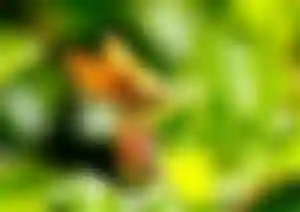
What's Your Favorite Butterfly? Let your opinion be heard!
Which is your favorite butterfly?
Red admiral
Tiger swallowtail
Black swallowtail
Monarch
Buckeye
Viceroy
Red-spotted purple
Yellow sulfur
Something else . . .
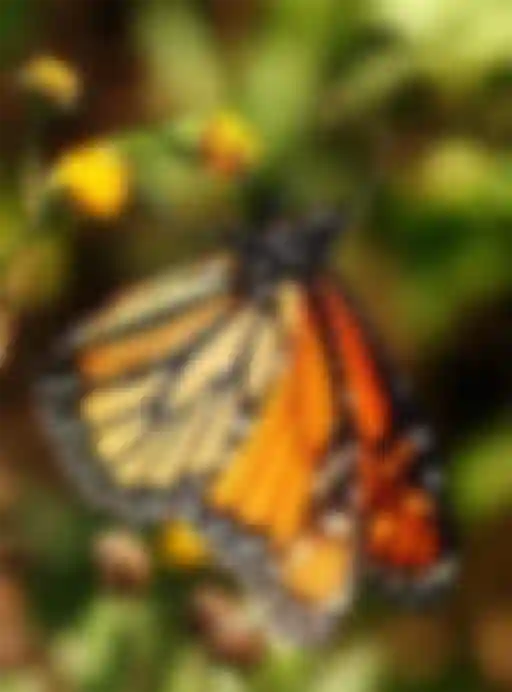
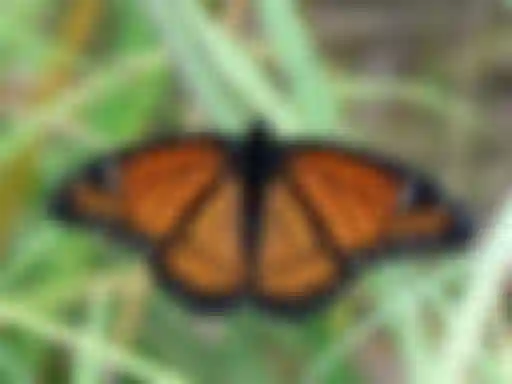
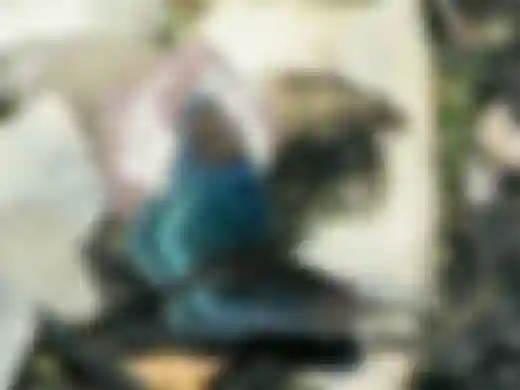

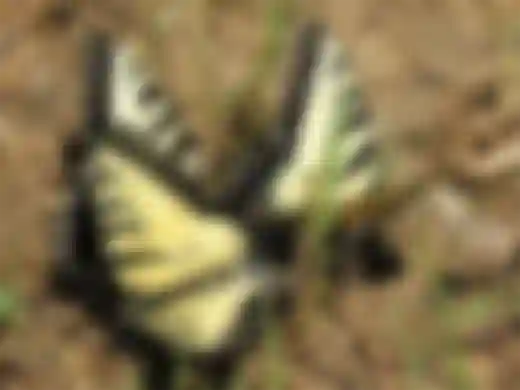
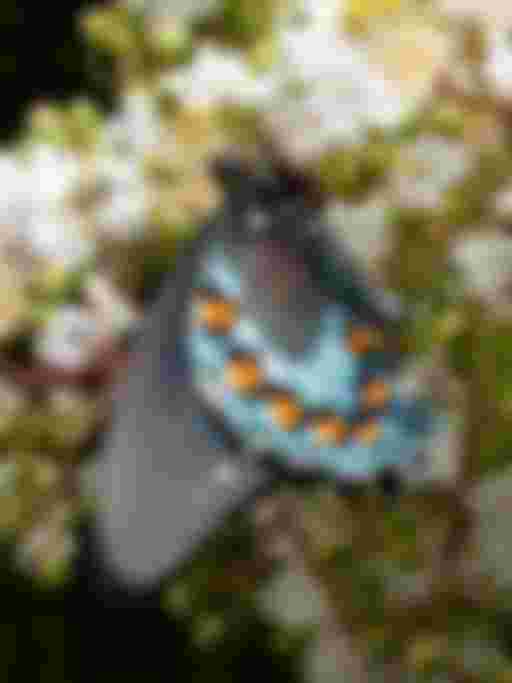
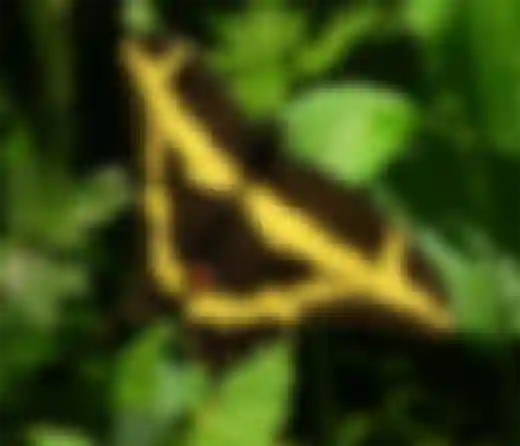
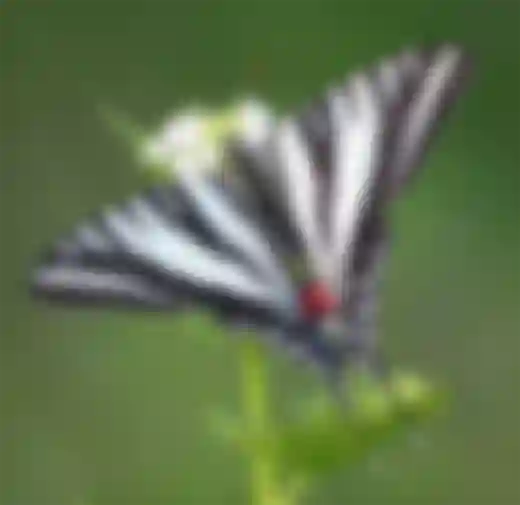
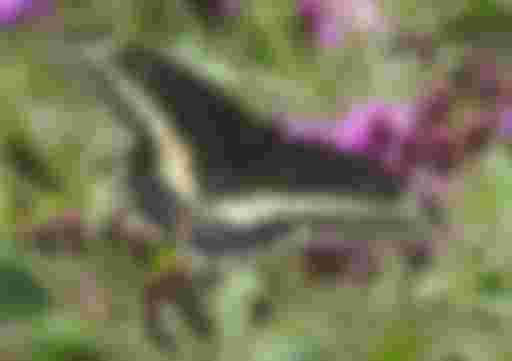

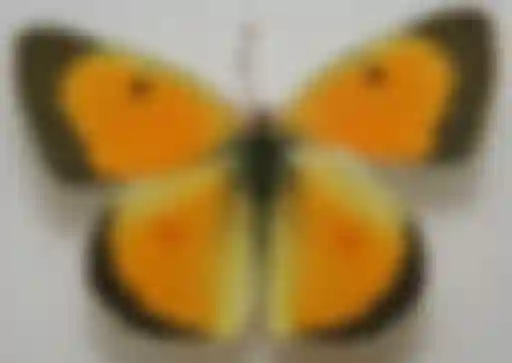
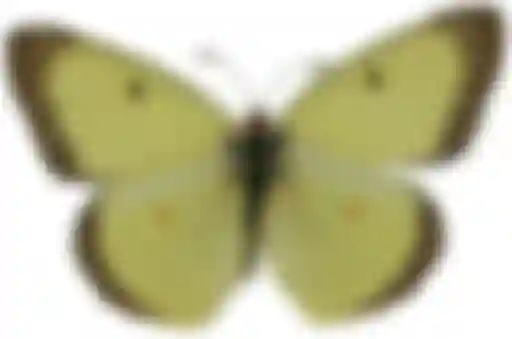
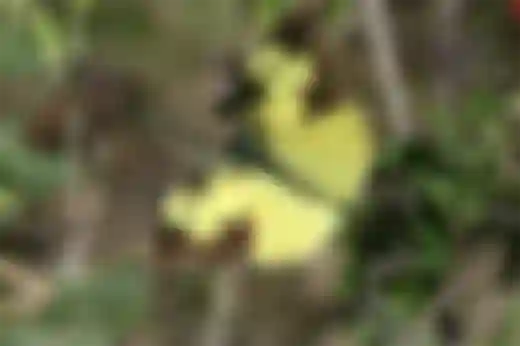
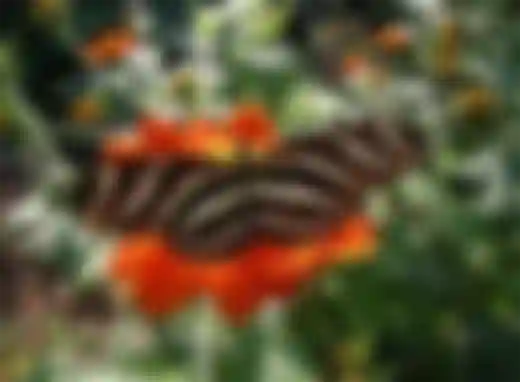




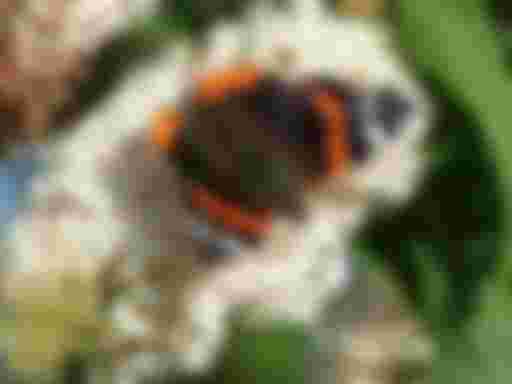

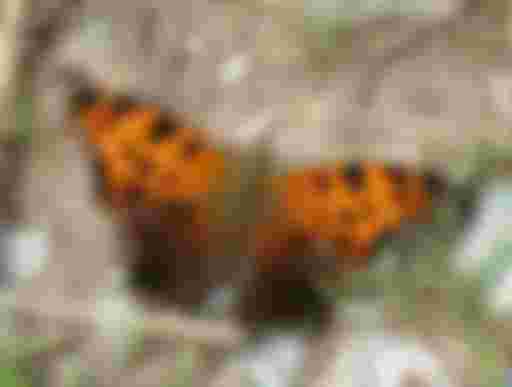

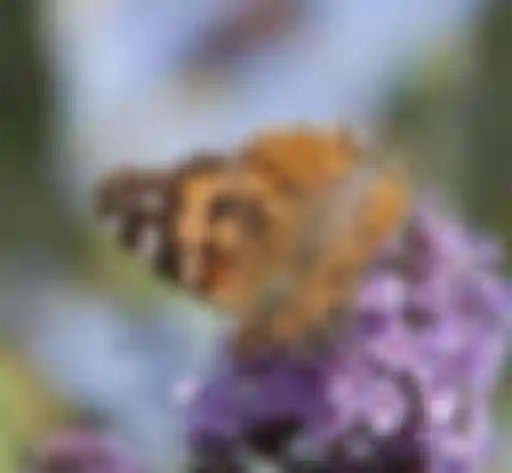

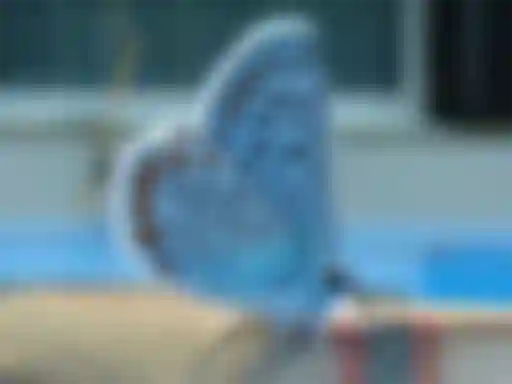
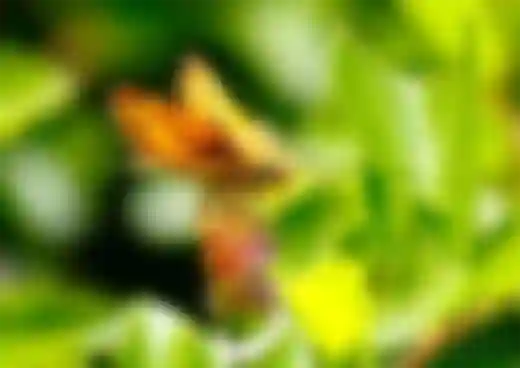
I fall in love with your captures. I guess it is Butterfly effect 😂